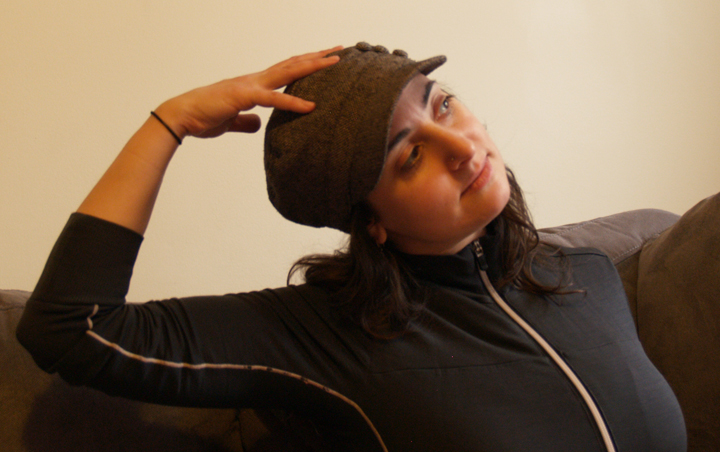Align your spine is a four-week series of posts published for the next four weeks on Wednesdays breaking down the pain you are experiencing in your spine. Realigning the four major parts of your spine can lead to a life without pain. Each week new stretches will be offered. Join us as we work our way down your spine.

Did you know the average human head weighs 10 – 15lbs?
Chin-forward postures put a lot of strain on the back of the neck. Especially a horrible little spot my massage therapist calls the levator scapulae (LS). Touch the point just before your neck connects with the top of the shoulder. You should feel a groove you can almost push your fingers in. Press down. Do you see stars? That’s your LS experiencing the strain of forward head carriage.

Get weekly health news
Some of the pain you are feeling in your arms, hands and fingers may originate in your cervical spine (AKA back of your neck). These quick stretches can be done multiple times a day. Set an alarm on your computer for every hour. Your pain-free life is worth not making excuses.
Cervical spine (neck) stretches:
1. Tip your ear to the shoulder. Exactly sideways. Use your hand (same side) to gently stretch your head towards shoulder. Feel stretch in side of neck. Repeat on other side.
2. Neck rolls. Loosen up! Tuck your chin down to chest. Gently move chin from side to side (like shaking head no).
3. To directly stretch the LS: send your nose towards your armpit as if you were going to sniff it.
4. Tuck chin to chest. Move head with eyes looking all the way up to ceiling. Repeat.
Always go slow with neck movements. Slow and steady stretches help avoid injuring the area further.








Comments